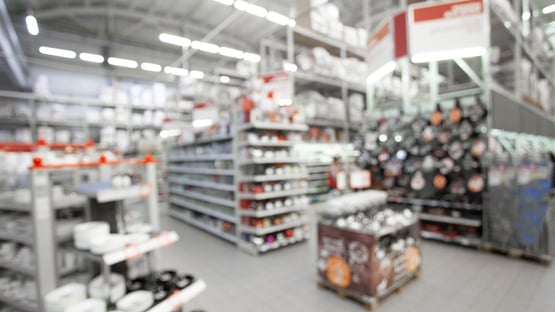In the last year there have been numerous reports of staff shortages facing the retail industry. In the US and the UK, the worker shortages have been at record high levels and the situation is predicted to continue well into this year. The situation is made worse by labor shortages in other sectors, as store associates increasingly quit to find better opportunities in other industries. That is why more retailers use in-store technology to increase staff satisfaction and reduce employee churn.
Many retail workers are tired of mundane tasks and when an opportunity arise elsewhere, they take it. Therefore, the role of the store associate must change, and retailers should use tried and tested solutions to make store operations run smoother.
That is why more and more retailers use in-store technology to eliminate mundane tasks and enable staff to spend more time on customer service and store development.
6 ways in-store technology can help solve staff shortages
1. Printing and updating shelf price labels manually are ineffective and tiresome for the staff. That is why many stores use electronic shelf labels (ESL) together with dynamic pricing solutions to frequently adopt prices to availability and demand.
2. The single most time-consuming in-store process is replenishment, so it makes sense that many stores introduce solutions like geolocation and shelf flash to speed up the process, save resources and decrease customer frustration.
3. Some stores where better prepared than others for the increased demand for click & collect services during the pandemic, resulting in some using advanced digital picking solutions while others used pen and paper to pick the online orders, resulting in over-worked staff and late deliveries for customers.
4. To avoid the time-consuming task of finding gaps and missing products on the shelf, retailers have introduced solutions like machine vision (such as Pricer ShelfVision) to more swiftly identify replenishment needs and ensure maximum availability at the shelf.
5. To not waste time keeping track of expiring products, retailers have introduced advanced waste management solutions integrated with the ESL system to dynamically adjust pricing to promote products that may be expiring and highlight expiring products that may need imminent replacement.
6. Manual store processes create vulnerabilities when key employees leave, which is why stores introduce structured digital processes to make it easier to onboard new employees and introduce temps.
A better labor market means employees have more options than before and less patience for mundane tasks and tiresome processes. In-store technology can make the job more attractive and improve staff satisfaction.
The increased efficiency can also decrease the costs of goods at a time where inflation is on consumer minds and enable staff to spend more time helping customers in store.
Consumer patience with empty shelves and bad service is decreasing, as shown by our recent survey / Retail Europe: Shopper Outlook Report by Pricer/. To succeed in post-pandemic retail, stores need to introduce more effective in-store processes to enable better customer experience.
Published on April 7, 2022



